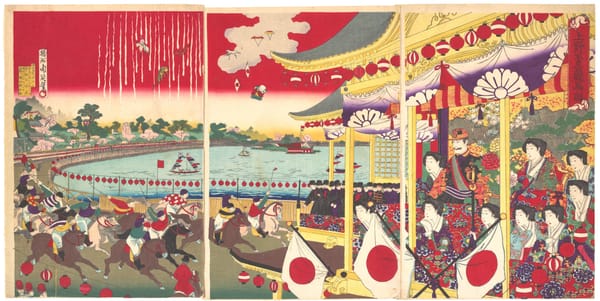
Books
Debunking Myths About Meiji-Era Art in Japan
Rosina Buckland’s book dispels the whitewashed argument that Meiji-era art resulted from foreign influences that watered down local forms.

Books
Rosina Buckland’s book dispels the whitewashed argument that Meiji-era art resulted from foreign influences that watered down local forms.

Art
An exhibition at the Art Institute of Chicago features over 30 of Tōshūsai Sharaku's rarely shown ukiyo-e prints exemplifying the classic Japanese theater genre.
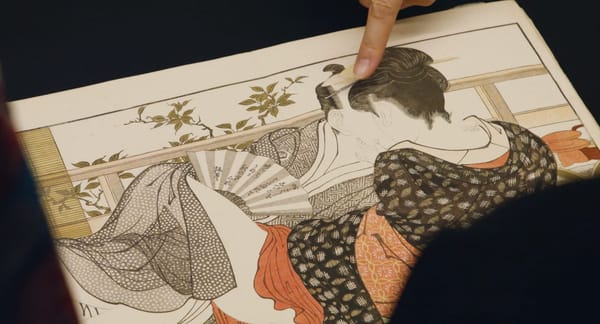
Film
Director Junko Hirata delves deep into the history and influence of the pornographic art form without cheap tittering at its illicit imagery.
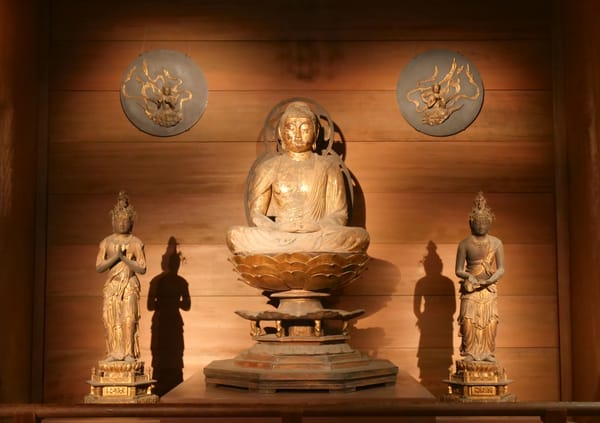
Art
A show of Japanese art at The Met suggests that things might not work out for us in our own end times, but it’s worth trying.

Art
Her Brush is kin with the growing number of women-only presentations that reveal a fact hiding in plain sight: great women artists existed everywhere at all times.
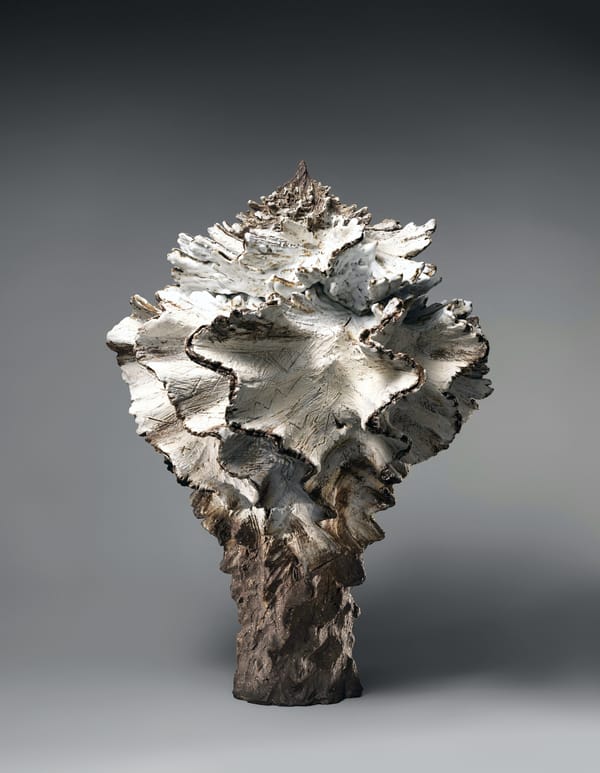
Books
Listening to Clay sheds light on how Japanese clay workers went from skilled production craftspeople to fine artists, transforming the country’s culture in the process.

Books
An exquisitely illustrated and enlightening new book reveals the screen’s unique role in Japanese history and culture from its origins to the 20th century.

Art
The visual images interpreting The Tale of Genji, the world’s first novel, which was written by a woman, are presented as beautiful objects devoid of context.

Art
An exhibition of rarely seen, ancient art explores the complex ideas and rich expressions of Japan’s indigenous religion.
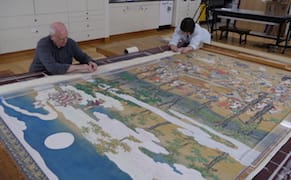
Art
Starting tomorrow, visitors to the Museum of Fine Arts, Boston, will have a rare opportunity to experience what usually occurs behind the scenes in conservation labs.

Books
The Japanese-born art historian Reiko Tomii is one of those researchers who is both passionate about her subjects and recognized among her peers for her meticulous mapping of the cultural-intellectual terrain from which they emerge.
Books
Miniature meditating skeletons, snarling cats, eerie ghosts, and gods of fortune carved in ivory, wood, and horn adorned the sashes of Japanese men throughout the Edo period.